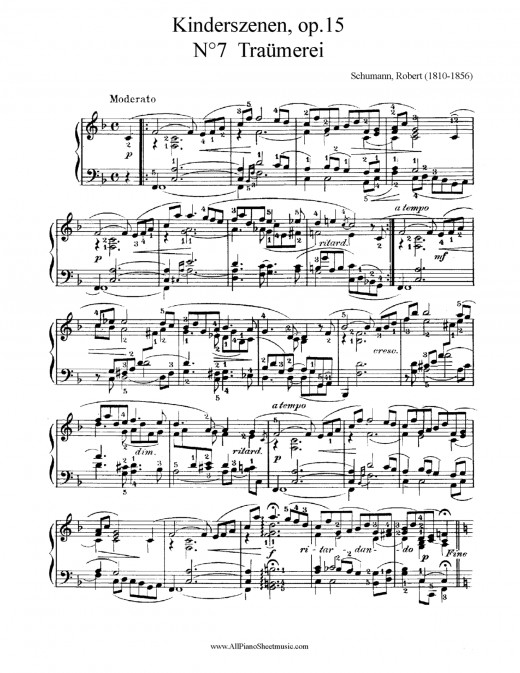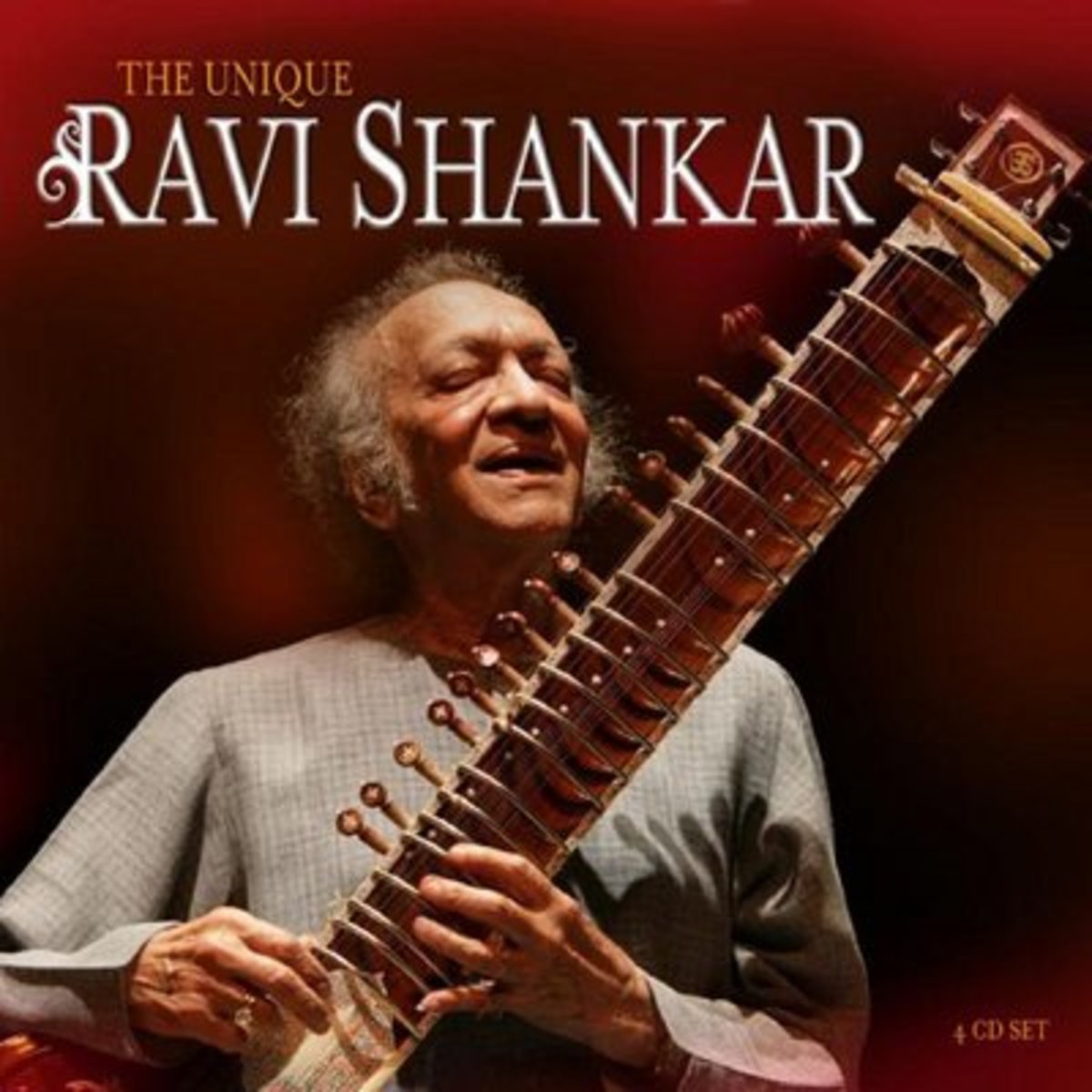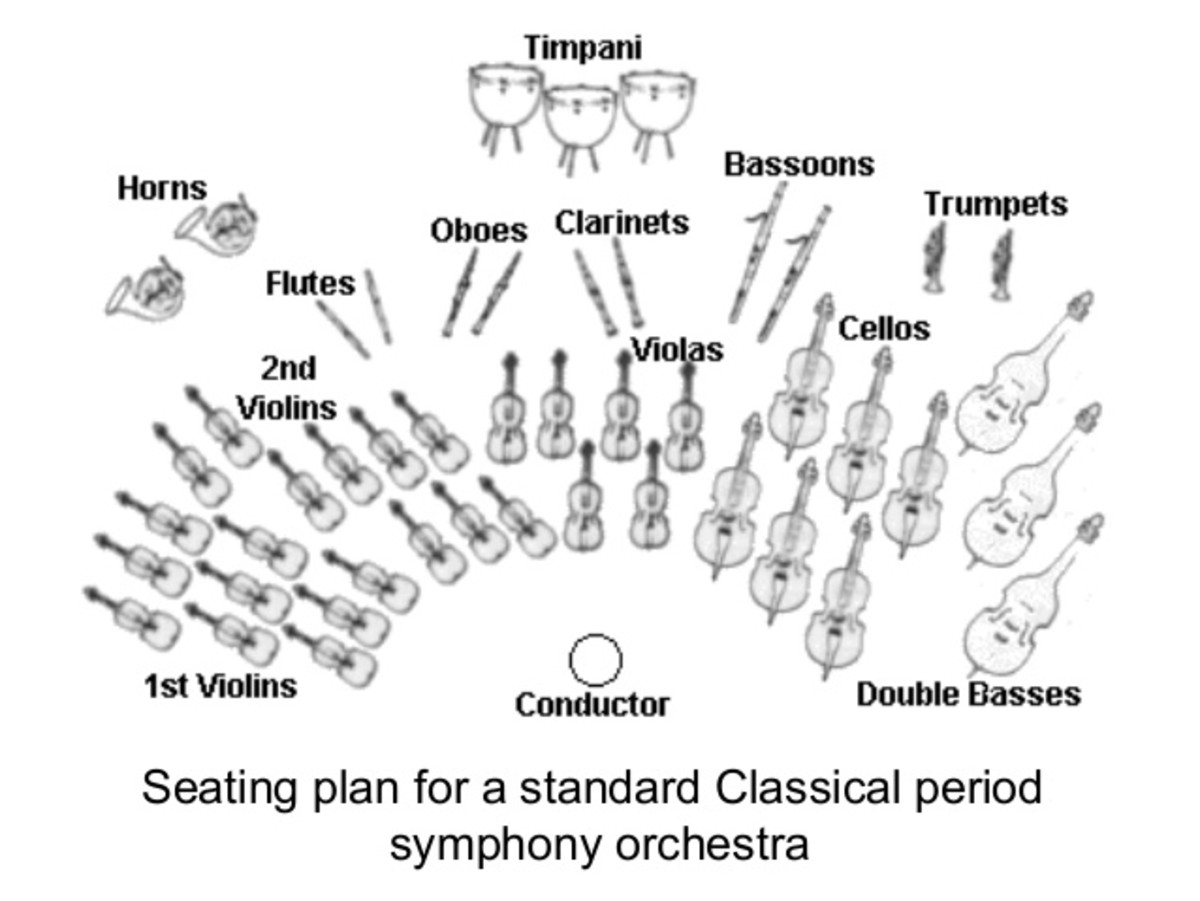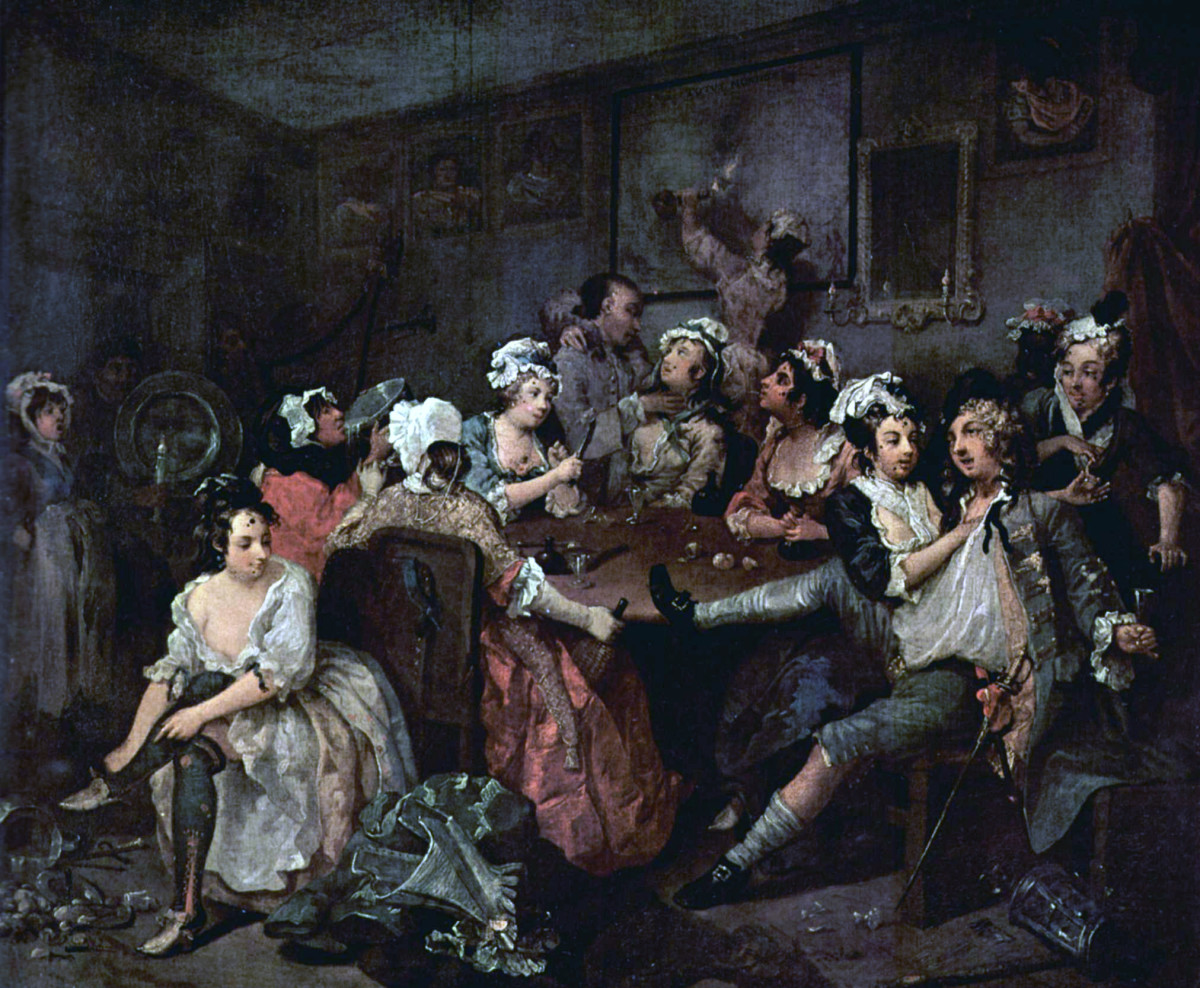Miniaturism in Music: Chopin, Schumann, and Grieg

The Piano Music of Chopin, Schumann, and Grieg
Miniaturism in Music: Chopin, Schumann, and Grieg - ah, the wonderful world of nomenclatures. How many of you, like myself, have been doing the same type of work for 20+ years and, yet, held countess of titles for performing the exact same task?... Well, to bring this term - as they say to “where the rubber meets the road”: popular music is probably the best example I can think of what “miniaturism” in music is, and yet, how many of you have heard this term applied to popular music before?. In literature, when someone composes a poem (inspirational) with little to no structure or form, it’s typically known as strophic; the term strophic is also used in music, especially in popular music, to denote a composition/song with little to no form/structure - inspirational - most likely the lyrics/poem used for this pop song are probably strophic in nature as well?...
In so called classical music, the term miniaturism has a slightly different connotation, though not by much. For starters, before Chopin, no one was ever a true miniaturist per se. In fact, classical music is typically very complex and rigid in structure and form (there’s probably nothing as complex and structured as a Bach Fugue), fashioned after literature, so large forms such as the ‘Sonata Allegro Form’ and ‘Large Rondo Form’ among other musical forms, were what most composers typically aimed for, leaving them with little time for smaller musical forms. Concertos, overtures (which was actually the symphony during Bach’s time) symphonies, mass and, even sonatas and chamber music all carry large form structures, so binary form was the exception rather than the rule for many composers before the 19th century. Additionally, most of Chopin’s Nocturnes contain musical form - ABA form (ternary form - a form borrowed from poetry), so they count as miniaturist compositions? ---Of course they do! Paul Simon held a degree in English, so you know the lyrics he wrote for his songs had some sort of form; I’m sure he wrote inspirational songs lacking in form from time to time, but his lyrics (poetry), much like Chopin’s music, are flawless and well constructed, even if they use a smaller form.
Chopin
The first true miniaturist in music was Chopin. Many composers before him wrote short works for the piano, but Chopin was the first to virtually make a career out of it - posthumously that is. True, Chopin wrote piano sonatas, concertos, and rondos - all these are large form compositions, but his knack was in smaller musical forms; However, Chopin also expanded smaller forms into larger form compositions: Ballades and Scherzos were originally small and short works for the piano and he stretched the form and successfully turned them into larger works. So, Chopin not only exceeded in small musical forms, but he also turned smaller musical forms into larger ones. The first truly great miniaturist works were his piano preludes.
Prelude in A major, op. 28 no. 7
If you don’t know anything about music? Know this: this piece occupies 1 page of music- 17 musical bars to be exact - it is in short strophic form AAA - has little to no development, because, nothing changes throughout the piece. In contrast, Liszt’s Piano Sonata in B minor is one of the most complex, rigid and structured piano compositions ever written - close to 700 bars to be exact! And yet, Chopin says more poetically in this short piano prelude than Liszt does in his great piano masterpiece. This composition represents miniaturism and poetry like few musical pieces have before it or since.
Schumann
Your father is a one of Germany’s most successful publishers and a capable novelist. You’re interested in becoming a writer and particularly in the works of Shakespeare, Goethe and Schiller. ...enters the university to study law and ends up with a doctorate in music...typical candidate for someone interested in larger and more complex musical forms - guess again: Schumann is one of the foremost miniaturists of all times, next only to Chopin. Schumann also unknowingly created a literary form known as the novelette ( a name he gave to one of his piano compositions) - longer than a short story, but shorter than a novella - in between the two, so to speak! Of the three composers mentioned in this article, Schumann was the only one who was somewhat interested in large form compositions: he wrote 4 symphonies, a piano concerto, and his famous Manfred Overture, a work which Nietzsche vociferously belittles in his final philosophical oeuvre: Ecce Homo. Regardless, Schumann is one of music’s greatest and most influential composers, few if any will argue his importance and influence as a groundbreaker, even if he was a below par orchestrator.
Traumerei - Kinderszenen op 15
Chopin was the musical poet of all times, few can argue that. However, few piano pieces embody the miniaturist concept like this brief piano piece of Schumann does. Just like the Chopin prelude previously aforementioned, this piece is in strophic form - AAA. Kinderszenen - Scenes of Childhood, are short piano pieces depicting just that - musical ideas of how thing were in one’s youth, hence the title’s namesake. Traumerei is No. 7 of the set - Traumerei is the German word for dream/dreaming.
Edvard Grieg
As a composer, Grieg can’t hold a candle to either Chopin nor Schumann; however, Grieg was a much more successful composer during his lifetime than both Chopin and Schumann could have ever hoped to be, not to mention a better orchestrator (e.g. Peer Gynt). All said, he was one of the great miniaturists of all times, not to mention Norway’s greatest composer of the 19th century. Additionally, Greig wrote more miniaturist piano works than both Chopin and Schumann. Grieg’s chief inspiration: Norway’s scenic landscape - there are few like it on earth. Subsequently, Grieg was a more rigid and structured composer than both Chopin and Schumann were - that is to say, he was less innovative and original.... (Trivia: Grieg was a distant relative of the great pianist Glenn Gould)
Six Lyric Pieces, op 52
Lyrical - is an understatement - this is one of Grieg's most beautiful piano compositions - the nocturne (The first piece in this recording) is melodious as can be.



